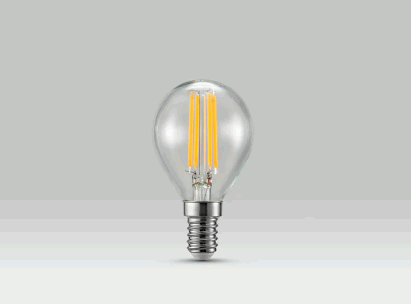LED lighting has become increasingly popular in recent years due to its numerous advantages over traditional lighting options.
We explore what LED lighting is, how it works, and the benefits it offers, such as energy efficiency, long lifespan, durability, and cost savings.
We also discuss the different types of LED lighting available, how to choose the right option for your needs, and the common applications of LED lighting in residential, commercial, automotive, outdoor, and specialty settings.

What Is LED Lighting?
LED lighting refers to the use of Light-Emitting Diodes (LEDs) as the primary source of illumination in various applications. LEDs have gained popularity due to their energy efficiency, reliability, and versatility across different lighting scenarios.
- Revolving around the innovative technology of semiconductors, LEDs offer a multitude of benefits over traditional lighting options. One of the key advantages of LED lighting is its remarkable energy efficiency, consuming significantly less power compared to incandescent or fluorescent bulbs. This not only translates into cost savings but also contributes to a sustainable environment by reducing energy consumption. LEDs are known for their superior reliability, boasting a longer lifespan and durability, resulting in reduced maintenance and replacement costs.
- The versatility of LED lighting is another standout feature, as it can be utilised in a myriad of settings, from residential spaces to commercial buildings, and even outdoor environments. The ability to produce various colours and brightness levels adds a creative dimension to lighting design, allowing for customised atmospheres and ambiance. Whether it’s highlighting architectural features, creating mood lighting, or enhancing security through motion-sensor lights, LED technology provides flexibility and control.
Gain insights: How To Change LED Retrofit Light
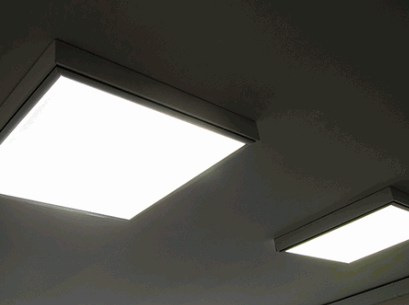
How Does LED Lighting Work?
LED lighting works by using semiconductors that emit light when an electric current passes through them. Unlike traditional incandescent bulbs that use a filament to produce light, LEDs rely on the movement of electrons in the semiconductor material to generate illumination.
When an electric current is applied to the semiconductor material in an LED, the electrons gain energy and move to higher energy levels, creating electron-hole pairs. The recombination of these electron-hole pairs results in the release of energy in the form of photons, which are the basic units of light emitted by the LED.
This process is highly efficient compared to incandescent bulbs, where a significant portion of energy is lost as heat rather than light. The different semiconductor materials used in LEDs determine the colour of the emitted light, making LEDs versatile for various lighting applications.
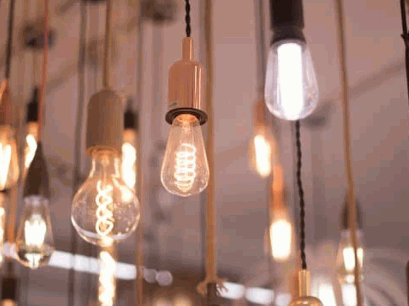
What Are The Advantages Of LED Lighting?
LED lighting offers numerous advantages, including exceptional energy efficiency, long lifespan, durability, and minimal environmental impact compared to traditional lighting technologies.
LED lights are incredibly energy-efficient, using up to 80% less energy than traditional incandescent bulbs. This not only reduces electricity costs but also lowers your carbon footprint. Their long lifespan of up to 50,000 hours means less frequent replacements, saving you money in the long term. LED lighting is highly durable, with no filaments or glass to break, making them resistant to shocks and vibrations. Their environmental friendliness stems from the fact that they do not contain toxic materials like mercury, reducing environmental impact and making them easier to recycle.
Energy Efficiency
LED lighting stands out for its remarkable energy efficiency, consuming significantly less power while delivering high brightness levels, resulting in substantial energy savings for consumers.
LED lights are designed to convert a higher percentage of energy into visible light, minimising wasted heat production in comparison to traditional lighting options. This means they generate more light with less power input, making them highly efficient. The combination of lower power consumption and enhanced brightness levels not only ensures better visibility but also contributes to reducing electricity bills. The longevity of LED bulbs also enhances cost-effectiveness, as they require less frequent replacements, saving both money and hassle for users. LED lighting is a smart investment for those looking to save both energy and money.
Long Lifespan
The longevity of LED lighting surpasses traditional bulbs, boasting an extended lifespan and consistent reliability over time, accompanied by superior lumen output for sustained illumination.
LED lights are engineered to withstand the test of time, providing efficient illumination without the frequent need for replacements, which is a common issue with traditional lighting sources. This longevity not only ensures long-term cost savings but also contributes to a more sustainable and environmentally friendly lighting solution. The reliable performance of LEDs, coupled with their high lumen output, creates a dependable source of light that remains bright and steady throughout their lifespan, making them ideal for various applications from residential to commercial settings. Reliability is a key feature that sets LED lighting apart, ensuring a consistent level of brightness over the years.
Durability
LED lighting excels in durability due to effective heat dissipation mechanisms and the presence of heat sinks that ensure stable operation and longevity under varying environmental conditions.
LED lighting technology incorporates innovative methods to efficiently manage heat, such as specialised materials that conduct heat away from the diodes. This not only enhances the overall performance but also contributes to the extended lifespan of the LED fixtures. The integration of advanced thermal management techniques allows LED lights to maintain consistent brightness levels while minimising the risk of overheating.
The design of heat sinks in LED fixtures plays a crucial role in dispersing heat generated during operation. By transferring thermal energy away from critical components, heat sinks prevent excessive temperature build-up that could otherwise degrade the LEDs’ performance over time. This attention to heat dissipation ensures that the LEDs remain reliable and durable, even in demanding conditions.
Environmentally Friendly
LED lighting is environmentally friendly, emitting lower levels of CO2 compared to traditional lighting options, and posing minimal disposal hazards due to the absence of toxic elements like mercury.
The energy efficiency of LED lights plays a significant role in reducing greenhouse gas emissions, making them a sustainable choice for eco-conscious consumers. LED lights can last up to 25 times longer than traditional incandescent bulbs, leading to fewer replacements and less waste. This prolonged lifespan not only saves money for users but also decreases the overall environmental impact of lighting production and disposal. In addition, proper recycling methods for LED lights can further enhance their eco-friendly characteristics, ensuring that valuable materials are recovered and reused efficiently.
Cost Savings
LED lighting offers significant cost savings through reduced energy consumption, lower maintenance requirements, and decreased installation costs, making it a financially advantageous choice for consumers and businesses.
Companies and homeowners alike benefit from the impressive energy savings that LED lighting provides. By using less electricity to produce the same amount of light as traditional bulbs, LED lights help cut down utility bills significantly over time. The minimal maintenance costs associated with LEDs mean fewer replacements are needed, saving both time and money. Even though the installation cost may be slightly higher initially, the long-term financial gains outweigh this investment, making LED lighting a wise economic decision in the grand scheme of things.
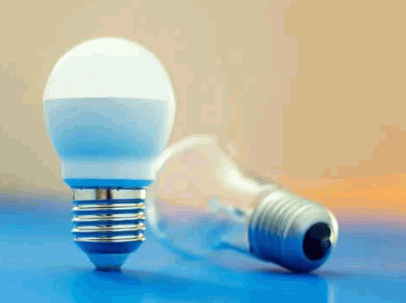
What Are The Different Types Of LED Lighting?
LED lighting encompasses various types, including LED bulbs, tubes, strips, panels, and spotlights, each designed for specific applications and lighting requirements.
LED bulbs are perfect for retrofitting existing fixtures to energy-efficient lighting solutions, offering a wide range of colour temperatures and dimmable options.
On the other hand, LED tubes are commonly used in commercial settings like offices and warehouses, providing uniform and bright illumination while significantly reducing energy costs.
LED Bulbs
LED bulbs are a popular choice for households and businesses seeking energy-efficient lighting solutions, offering a wide range of brightness levels and colour temperatures to suit different preferences.
One of the standout features of LED bulbs is their unparalleled energy efficiency, consuming significantly less power compared to traditional incandescent or CFL bulbs. This not only helps in reducing electricity bills but also contributes to a greener environment by lowering energy consumption.
LED bulbs provide excellent brightness variability, allowing you to adjust the light intensity according to your mood or task. Whether you need bright light for working or a soft ambiance for relaxation, LED bulbs offer versatile lighting options.
LED bulbs come in various colour temperature options, from warm yellow hues to cool white tones, enabling you to create different atmospheres and aesthetics in your living spaces. This customisable feature adds a touch of sophistication and personalisation to your lighting setup.
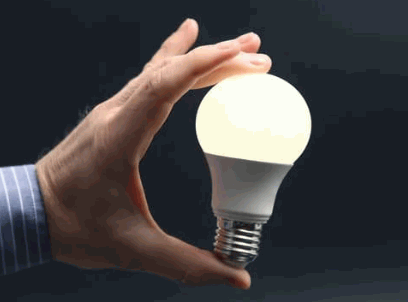
LED Tubes
LED tubes are commonly used in commercial and industrial settings for their energy efficiency and long life, providing consistent illumination with reduced energy consumption compared to fluorescent alternatives.
These LED tubes have a wide range of applications, from office buildings and retail spaces to warehouses and car parks. The advanced technology used in LED lighting not only saves on energy costs but also contributes to a cleaner and greener environment.
One of the main advantages of LED tubes is their incredible life, which can reach up to 50,000 hours or more. This means that businesses can enjoy years of maintenance-free lighting, reducing the hassle and expenses associated with frequent replacements.
In commercial environments where lighting is essential for productivity and safety, LED tubes offer a reliable and long-term solution. Their durability and low maintenance requirements make them ideal for continuous use in areas that require bright and consistent lighting.
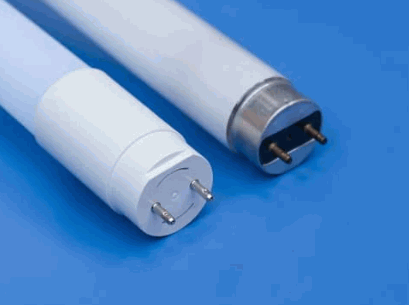
LED Strips
LED strips offer flexible lighting solutions for decorative and ambient purposes, allowing users to create customised lighting designs in residential, commercial, and outdoor settings.
With their ability to be easily installed and cut to fit specific lengths, LED strips have transformed the way people light up spaces. Whether it’s adding a splash of color to a room, creating a cozy atmosphere in a bedroom, or outlining the contours of furniture or architectural features, these versatile lights offer endless possibilities. Their low profile and energy efficiency make them a popular choice for enhancing the aesthetics of homes, businesses, and outdoor areas. LED strips can be utilised in a variety of ways to enhance the overall ambiance and appearance of any space, bringing light and life to dull corners and creating captivating visual effects.
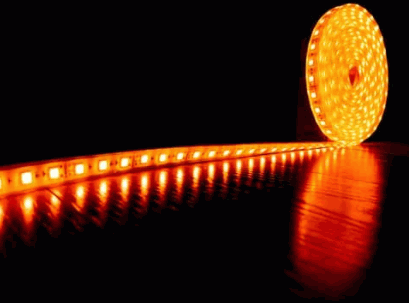
LED Panels
LED panels provide uniform and energy-efficient illumination for office spaces, retail environments, and architectural lighting applications, enhancing visual comfort and reducing energy costs.
LED panels offer a host of benefits beyond just their efficiency and consistent output. One of the key advantages is their slim profile, making them versatile and suitable for a range of settings. Whether recessed into ceilings or surface-mounted, these panels seamlessly blend into various environments without the bulkiness of traditional lighting fixtures.
Due to their directional lighting quality, LED panels significantly reduce glare and light spillage, providing a more pleasant and productive working environment. This attribute contributes to enhancing the visual comfort of individuals while reducing eye strain and fatigue.

LED Spotlights
LED spotlights deliver focused and directional lighting ideal for highlighting specific areas or objects in residential, commercial, and outdoor settings, offering enhanced control over illumination.
These versatile lighting fittings are designed to provide concentrated light beams that precisely target desired spaces, making them perfect for accentuating artwork, architectural features, or landscape elements. LED spotlights are known for their ability to create a dramatic effect by drawing attention to key focal points and adding depth to the overall ambiance. With their directional lighting capabilities, they allow users to adjust the angle and focus of the light, enabling customisation according to different preferences and requirements.
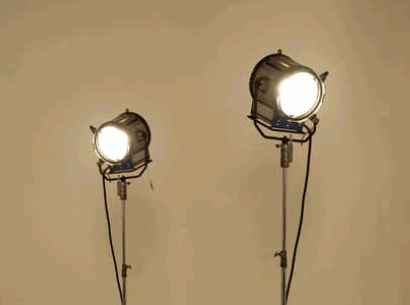
How To Choose The Right LED Lighting?
Selecting the appropriate LED lighting involves considering factors such as colour range, colour temperatures, brightness levels, and the desired type of illumination based on the intended application and aesthetic preferences.
Regarding colour temperatures, understanding the difference between warm white and cool white can significantly impact the ambiance of a space. Warm white LEDs emit a cosy, yellowish light reminiscent of traditional incandescent bulbs, suitable for areas like living rooms and bedrooms. On the other hand, cool white LEDs produce a crisp, blue-toned light that is ideal for task lighting in areas like kitchens and workspaces.
The brightness levels, measured in lumens, play a crucial role in determining how well-lit a room will be. For instance, higher lumens are preferable for task-oriented spaces, while lower lumens might create a more subdued atmosphere in areas meant for relaxation.
Consider the illumination type that suits the intended use – whether it’s general lighting, accent lighting, or task lighting. General lighting provides overall illumination, accent lighting highlights specific areas or objects, and task lighting focuses on workspaces or reading corners.
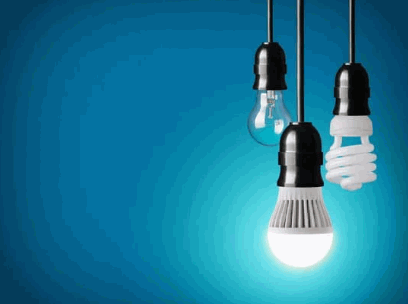
What Are The Common Applications Of LED Lighting?
LED lighting finds widespread use in various applications, including residential, commercial, outdoor, and specialty lighting, due to its versatility, energy efficiency, and long-term performance benefits.
In residential settings, LED lighting offers homeowners options ranging from discreet under-cabinet fixtures to statement chandeliers, enhancing both functionality and aesthetic appeal.
Regarding commercial lighting, LEDs are preferred for their ability to create bright, welcoming spaces while significantly lowering operational costs.
Outdoors, and LED lights illuminate pathways, gardens, and façades, increasing safety and security with their long-lasting and weather-resistant nature.
Specialty applications, such as art galleries and museums, benefit from LED lighting’s precise colour rendering and low UV emissions, preserving valuable exhibits for years to come.
Residential Lighting
LED lighting in residential settings enhances the ambience, provides energy-efficient illumination, and allows for customisable lighting solutions to suit different rooms and moods.
LED lighting not only offers a wide range of colour temperatures that can influence the feel of a space but also creates a warm and inviting atmosphere in living areas.
The energy efficiency of LEDs helps homeowners reduce their electricity bills while maintaining a well-lit environment.
With customisable lighting options, residents can adjust brightness levels and even incorporate smart features for automated control, enhancing convenience and comfort in their homes.

Commercial Lighting
LED lighting in commercial applications offers cost-effective and visually appealing illumination, catering to diverse business requirements while ensuring energy savings and long-lasting performance.
By choosing LED lighting for commercial settings, businesses can significantly reduce their energy consumption, leading to substantial cost savings on electricity bills. The long-lasting performance of LED lights means that maintenance costs are minimized, reducing the need for frequent replacements and upkeep. The modern and sleek design of LED fixtures enhances the overall aesthetics of a commercial space, creating a welcoming and professional environment for employees and customers alike.
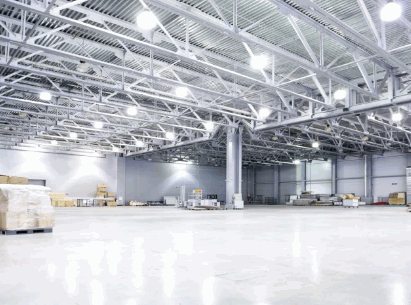
Automotive Lighting
LED technology is widely utilised in automotive lighting for its compact size, energy efficiency, and versatility in creating different lighting configurations for vehicles, enhancing safety and aesthetics.
LED lighting’s compact design allows for greater flexibility in incorporating lighting elements into various parts of vehicles, such as headlights, taillights, and interior lighting. The efficiency of LEDs translates to lower energy consumption and longer lifespan, making them a cost-effective solution for car manufacturers and drivers alike.
The safety benefits of LEDs in automotive applications are significant. Their instant response time and brightness help improve visibility on the road, reducing the risk of accidents. LEDs can be designed to emit specific colours or patterns, enhancing the car’s aesthetics and providing a unique touch.

Outdoor Lighting
LED outdoor lighting solutions offer durable, energy-efficient, and weather-resistant illumination for parks, streets, and architectural features, enhancing visibility and safety in outdoor environments.
LED lighting, known for its longevity, means less frequent replacement and maintenance, reducing costs and disruptions. The energy efficiency of LEDs results in lower electricity bills and a reduced carbon footprint, making them an eco-friendly lighting solution.
The weather-resistant nature of LED outdoor lighting ensures consistent performance even in harsh weather conditions, providing reliable illumination year-round without compromising safety or visibility.
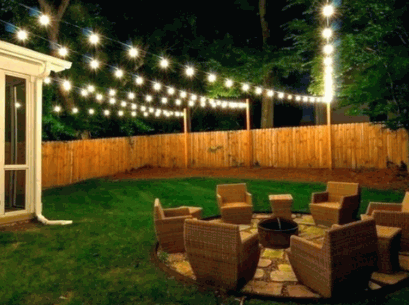
Specialty Lighting
Speciality LED lighting caters to unique applications such as art galleries, museums, and accent lighting, providing precise illumination, colour rendering, and design flexibility for specialised environments.
Art galleries require colour rendering accuracy to showcase paintings and sculptures authentically, which is a strength of LED lighting technology. By offering a wide range of colour temperatures and high CRI values, LEDs can bring out intricate details and vibrant hues in artworks.
The design flexibility of LED lighting allows for customisable light fittings that can adapt to diverse exhibition layouts, enhancing the aesthetics and creating dynamic visual experiences for museum visitors.
The directed nature of LED lighting minimises light spillage, ensuring that the focus remains on the displayed pieces without causing any harm due to heat or UV exposure.
